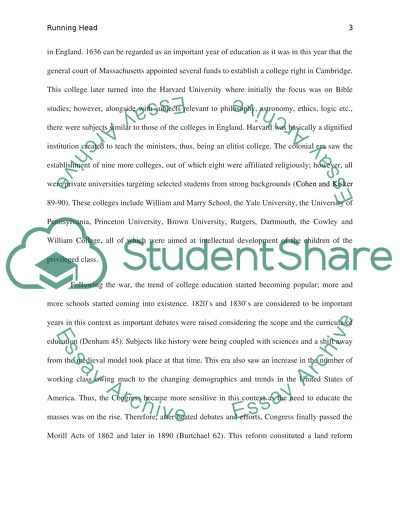Cite this document
(“American Higher Education Essay Example | Topics and Well Written Essays - 2500 words”, n.d.)
Retrieved from https://studentshare.org/education/1399582-american-higher-education
Retrieved from https://studentshare.org/education/1399582-american-higher-education
(American Higher Education Essay Example | Topics and Well Written Essays - 2500 Words)
https://studentshare.org/education/1399582-american-higher-education.
https://studentshare.org/education/1399582-american-higher-education.
“American Higher Education Essay Example | Topics and Well Written Essays - 2500 Words”, n.d. https://studentshare.org/education/1399582-american-higher-education.


